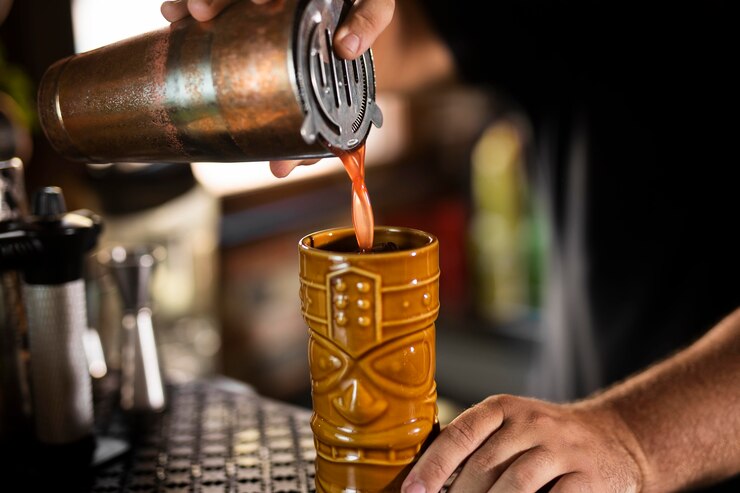Imagine savoring a meal where every bite and sip engages not just your taste buds but your entire sensory spectrum. Read More
Taste is just one part of the sensory experience. The flavor profile of food and beverages is influenced by various sensory inputs, including smell, texture, and even sound. For example, the taste of a wine is not only affected by its flavor but also by its aroma. Aromas from the wine’s bouquet can enhance or alter the perception of its taste, making the experience richer and more complex. We eat with our eyes first. The visual presentation of food and beverages sets the stage for the sensory journey. Colorful, well-plated dishes stimulate anticipation and can enhance the overall enjoyment of a meal. Studies have shown that people perceive food as more delicious when it’s visually appealing. A beautifully arranged plate not only pleases the eye but also primes the palate for the flavors to come. The sense of smell is intimately linked to taste. Aromas from food and beverages contribute significantly to flavor perception. For instance, the smell of freshly brewed coffee can enhance the taste of the coffee itself. Restaurants and cafes often use aroma to create a welcoming environment, influencing customers’ sensory experiences even before they take their first bite or sip. Texture is another critical element of the sensory experience. The mouthfeel of a food or beverage—whether it’s creamy, crunchy, or smooth—can greatly impact enjoyment. Think of the satisfying crunch of a well-baked baguette or the silky texture of a rich chocolate mousse. The tactile sensations provided by different textures add layers of complexity to the eating experience. Sound is an often-overlooked aspect of sensory engagement. The crunch of a crisp apple or the sizzle of a steak on a grill can enhance the sensory pleasure of eating. In high-end dining establishments, the sound of clinking glasses and the hum of background music are carefully curated to complement the culinary experience. The auditory environment contributes to the overall atmosphere and can heighten the enjoyment of the meal. Temperature plays a crucial role in sensory experiences. The contrast between hot and cold elements in a dish can create a dynamic and enjoyable eating experience. For example, a warm brownie paired with cold vanilla ice cream offers a delightful interplay of temperatures and textures. The temperature of a beverage, whether it’s a steaming cup of tea or a chilled glass of sparkling water, also influences how we perceive its taste and overall enjoyment. The context in which we eat or drink also affects our sensory perception. Ambient lighting, the design of the dining area, and even the company we keep can influence how we experience food and beverages. Dining in a beautifully designed restaurant with ambient lighting and soothing music can make the food taste better. Context helps set the mood and enhances the overall sensory experience. In the end, multisensory engagement is what transforms eating and drinking from a mere necessity into a full-blown sensory adventure. By paying attention to how taste, sight, smell, texture, and sound come together, we can enhance our enjoyment and appreciation of food and beverages. So the next time you sit down for a meal or enjoy a drink, take a moment to savor the rich tapestry of sensory experiences that make it truly unforgettable. The Symphony of Taste: Flavor Beyond the Palate
Visual Appeal: The Art of Presentation
Aroma’s Influence: The Power of Smell
Texture Talks: The Role of Mouthfeel
Soundscapes: The Unexpected Sensory Cue
Temperature Sensations: The Warm and Cool of It
The Impact of Context: Creating a Sensory Experience
Fun Facts to Savor




